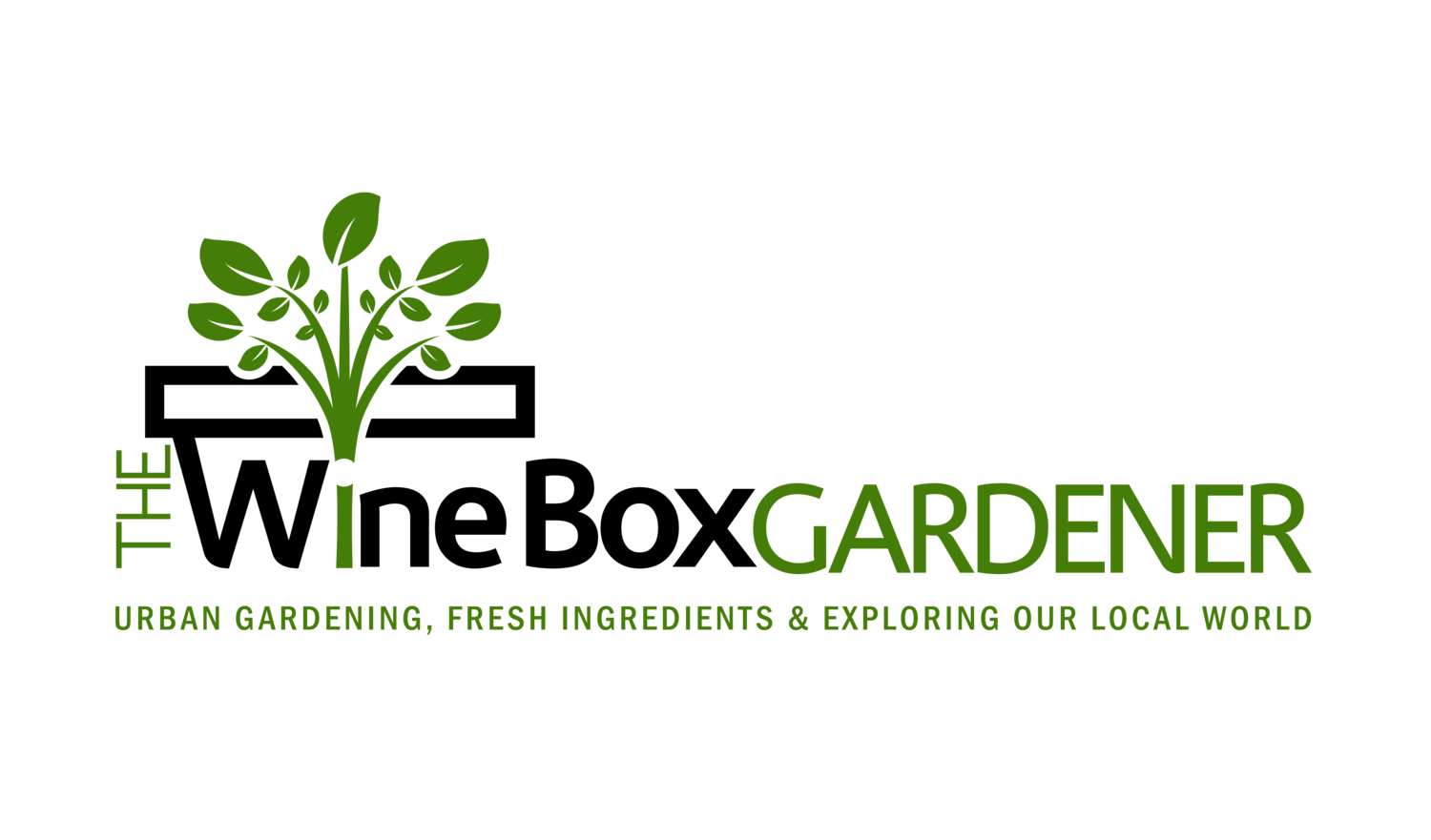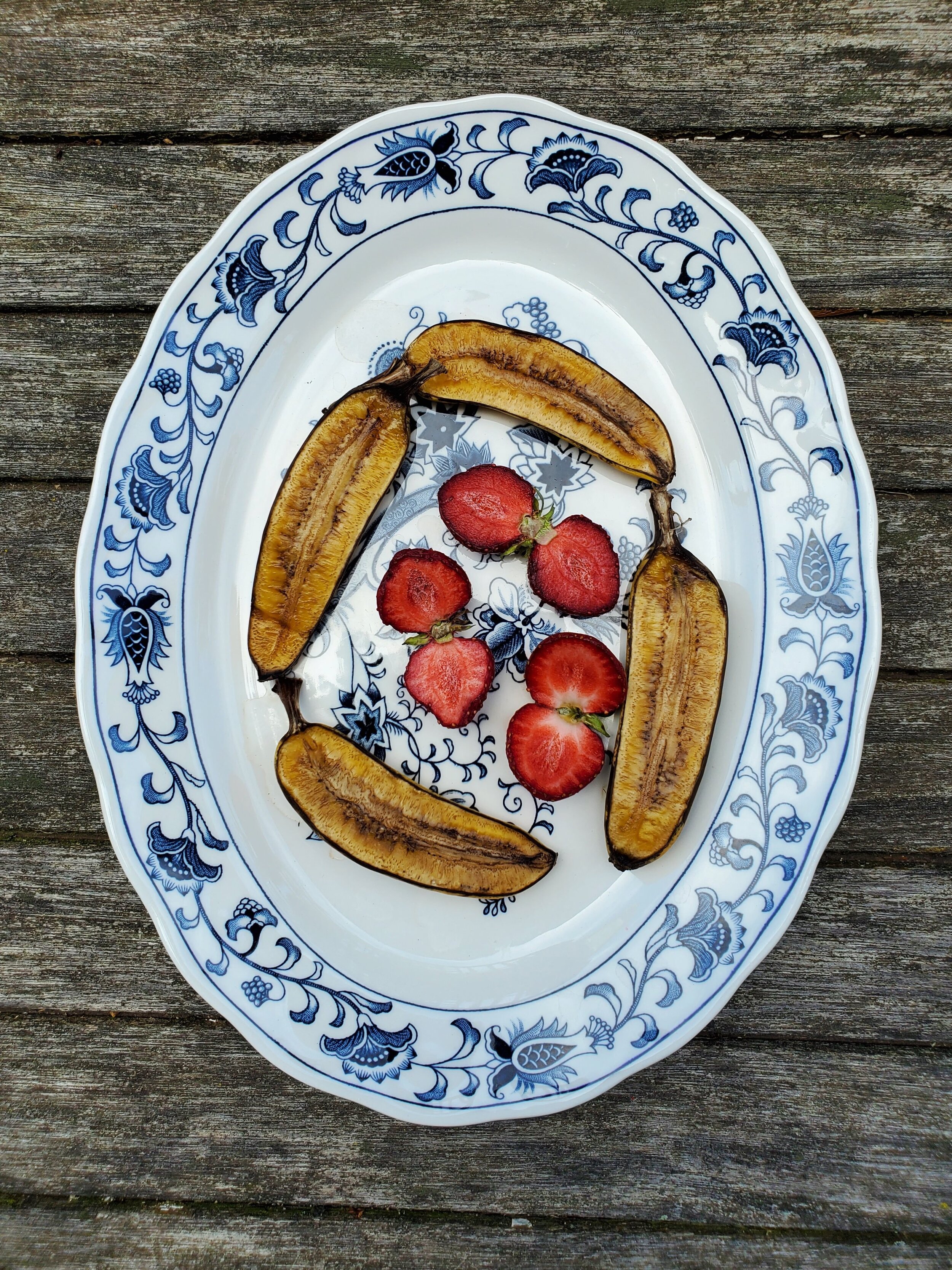Attracting Pollinators to the Garden
When I first started gardening, I was only focused on growing vegetables and herbs. I have a limited amount of space for growing and I thought that I should maximize every inch for growing only that. Boy, was I wrong! I’ve since learned the importance of planting native flowers and plants to attract pollinators to the garden. Attracting pollinators to your garden is not only important for plant pollination but also supports fragile bee and butterfly populations.
What is Pollination?
First, let’s define pollination and why it’s important. Pollination is the movement of pollen from the anther (male part) of a flower to the stigma (female part). This is the first step in a process that produces seeds, fruit, and the next generation of plants. This can happen through self-pollination, wind and water pollination, or through the work of bees, butterflies, and other insects that move pollen within the flower and from plant to plant.
Self-pollination occurs when the pollen from the anther is deposited on the stigma of the same flower, or another flower on the same plant. Cross-pollination is the transfer of pollen from the anther of one flower to the stigma of another flower on a different plant of the same species. For example, tomatoes are self-pollinators; Squash and cucumbers cross-pollinate. Over 80% of plant species require the help of pollinators. To ensure cross-pollination occurs in my garden, I’ve even resorted to pollinating the flowers of squash and cucumbers myself. And…unfortunately, I’ve seen what happens when poor pollination occurs in my garden because I haven’t provided an encouraging environment for pollinators.
Attracting Pollinators
Lurie Garden, a beautiful pollinator garden in Chicago that we visited in 2019.
Pollinators include bees, butterflies, moths, bats, birds, beetles, wasps, insects, and other animals. Planting the right native plants in your garden can help attract some of these pollinators. Pollinators and native plants evolved together to best adapt to the local growing season, soils, and climate.
Native plants are those that occur naturally in a region in which they evolved. They are the ecological basis upon which life depends, including birds and people. Without them and the insects that co-evolved with them, local birds cannot survive. Audubon - “Why Native Plants Matter”
A sign my yard from our local Ethical Culture Society
Attracting Butterflies in the Garden
Here in New Jersey, swallowtails and monarchs are the most common butterflies I see. Monarchs are the only butterfly that has a two-way migration like birds do. They fly from North American locations to overwinter in Mexico and they return back north when it gets warmer and environmental indicators to tell them it is time. Monarch butterfly populations have been in severe decline over the years due to loss of habitat, land-use changes, and climate change. There has been a significant effort to increase/restore the habitats they rely on for their migration. I want to be a part of that effort, and you can too.
Monarch caterpillar on my milkweed
Monarchs feed on nectar and will only lay their eggs on native milkweed leaves. The caterpillars born from those eggs then feed on the milkweed leaves and continue with their full life cycle.
We visited Key West, Florida last June and one of my favorite spots there was the Key West Butterfly Conservatory. (Check out their live webcam for a glimpse.) One of the conservationists we spoke with was kind enough to give us a couple of packets of milkweed seeds and hoped that we would plant them back in New Jersey to help build monarch habitats. I did start the seeds this year in pots and will ensure the plants find good homes.
Butterfly at the Key West Butterfly Conservatory
Attracting Bees to the Garden
Bees, particularly honey bees, have been experiencing Colony Collapse Disorder (CCD). Even other bee populations are in decline for many reasons including pesticide use, stress, and harmful mites. Providing an inviting environment for bees in your garden provides nutrition and a stable habitat, and they’ll help pollinate your plants in exchange. Win-win!
Although honey bees often get the most attention, other bees such as mason bees and bumblebees are common and are excellent pollinators.
Planting a Pollinator-Friendly Garden
If you want to attract beneficial pollinators like bees and butterflies to your garden, try to include pollinator-friendly native plants. Even some of the vegetables (e.g., fennel, carrots) and herbs (e.g., parsley, dill) planted in the garden will attract pollinators. These are some of the plants and techniques I’ve had success with to attract pollinators:
Milkweed
Anise Hyssop
Purple coneflower
Sunflowers
Borage
Salvia
Lavender
Fennel
Parsley (Black swallowtail caterpillars feed on it if you’re willing to part with some. They like carrot fronds too.)
Carrots
Dill
Birdbaths (both pedestal and ground level)
Rotting fruit (This is something new I’m trying this year.) [As a postscript to this - rotting fruit just attracted ants. I don’t recommend it.]
Rotting fruit for buttervlies
Additional Resources
There are many great resources out there to learn more about creating a pollinator-friendly garden. I hope you include some of these ideas in your home, community, or school garden to help our pollinator population.
Use host plants and nectar plants that will attract butterflies.
Find native plants for your area with the Audubon native plant database.
Learn more about pollinator-friendly plants for the northeastern U.S.
Find out more about selecting plants for pollinators.
What you can do to help the monarchs - monarchwatch.org










